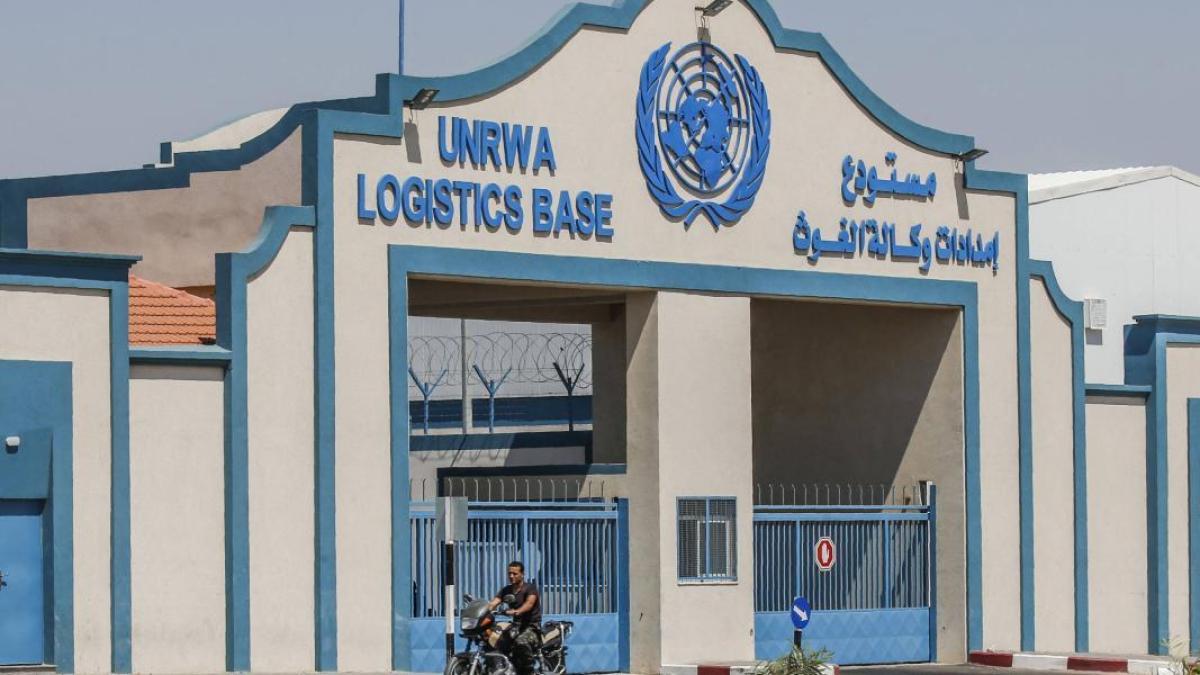In March, Parliament will adopt a report calling on the Member States and the Commission to use existing means to step up controls.
Brussels
European Parlament calls on the Member States to be more transparent in the use of EU funding. Concerns are high, especially now that recovery funding for recovery from the corona pandemic has been launched.
In total, the EU’s budget for the coming years, ie the multiannual financial framework and the recovery and recovery facility agreed in summer 2020, will mean a total of EUR 1 800 billion in remittances to member states between 2021 and 2027. The recovery facility accounts for EUR 750 billion.
Parliament’s Committee on Budgetary Control will vote on Thursday as an EU parliamentarian Petri Sarvamaa (kok) report, which calls on the Member States, above all, to be transparent about who has received EU funds.
The report will be debated throughout Parliament in the March part-session.
Horn according to the report, it is intended to speak directly to, for example, Member States with a bad reputation for distributing agricultural subsidies. However, not all Sarvamaa colleagues like this, so it is not yet certain whether the names will survive in the text.
According to Sarvamaa, these countries are Poland, Hungary, the Czech Republic, Romania and Bulgaria.
Similarly, according to Sarvamaa, one problem is the definition of concepts. According to him, they should be included in more detail in the financial rules – that is, what should be meant by a conflict of interest, for example, so that there is an equal interpretation in all Member States.
Sarvamaa says that it is necessary to know, for example, who in the member states is involved in the processing and forwarding of EU funds.
“Then a potential conflict of interest can be traced.”
The European Parliament has repeatedly rebuked the Commission for not using the tools already available in EU rules.
“The report also calls on the Commission to use all the means that the Financial Regulation already gives the Commission,” says Sarvamaa.
“
“The report also calls on the Commission to use all the means already available to it under the Financial Regulation.”
A recent example is the conditionality mechanism, which entered into force in December 2020, giving the Commission the power to suspend funding from the EU budget for those Member States where the rule of law is at stake.
The European Court of Justice will outline next week whether this mechanism is in line with EU law. If so, it will remove the last formal obstacle for the Commission to introduce such a mechanism.
Read more: The European Parliament has brought an action against the European Commission for its “inaction”
The report for example, in the case of agricultural and cohesion funds, it is still difficult and in some cases impossible to determine who is the real beneficiary of the aid.
“The biggest beneficiaries often hide behind complex ownership structures,” the report says.
According to Sarvamaa, the best-known example of this is the former Prime Minister of the Czech Republic Andrej Babišwhich the EU Commission said during its term of office had affected the distribution of EU subsidies to its fertilizer company Agrofert.
The Sarvamaa report reiterates the previous demand that the Commission should develop and the Member States set up a common open database showing, for example, the beneficiaries behind companies.
The report also calls for the resources of the EU authorities involved in budgetary control to be improved. These include the anti-fraud office Olaf, the newly created prosecutor’s office Eppo and the police organization Europol.
#Recovery #raises #concerns #recovery #funds #wrong #hands #Member #States #required #transparent #true #beneficiaries







